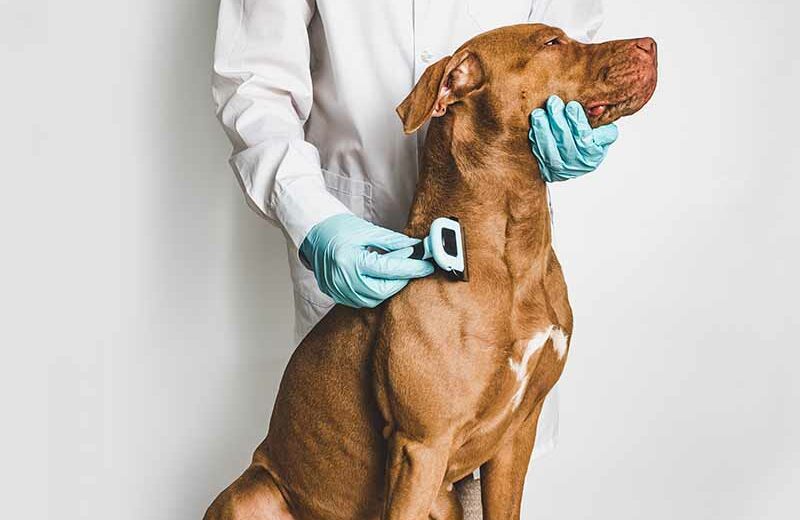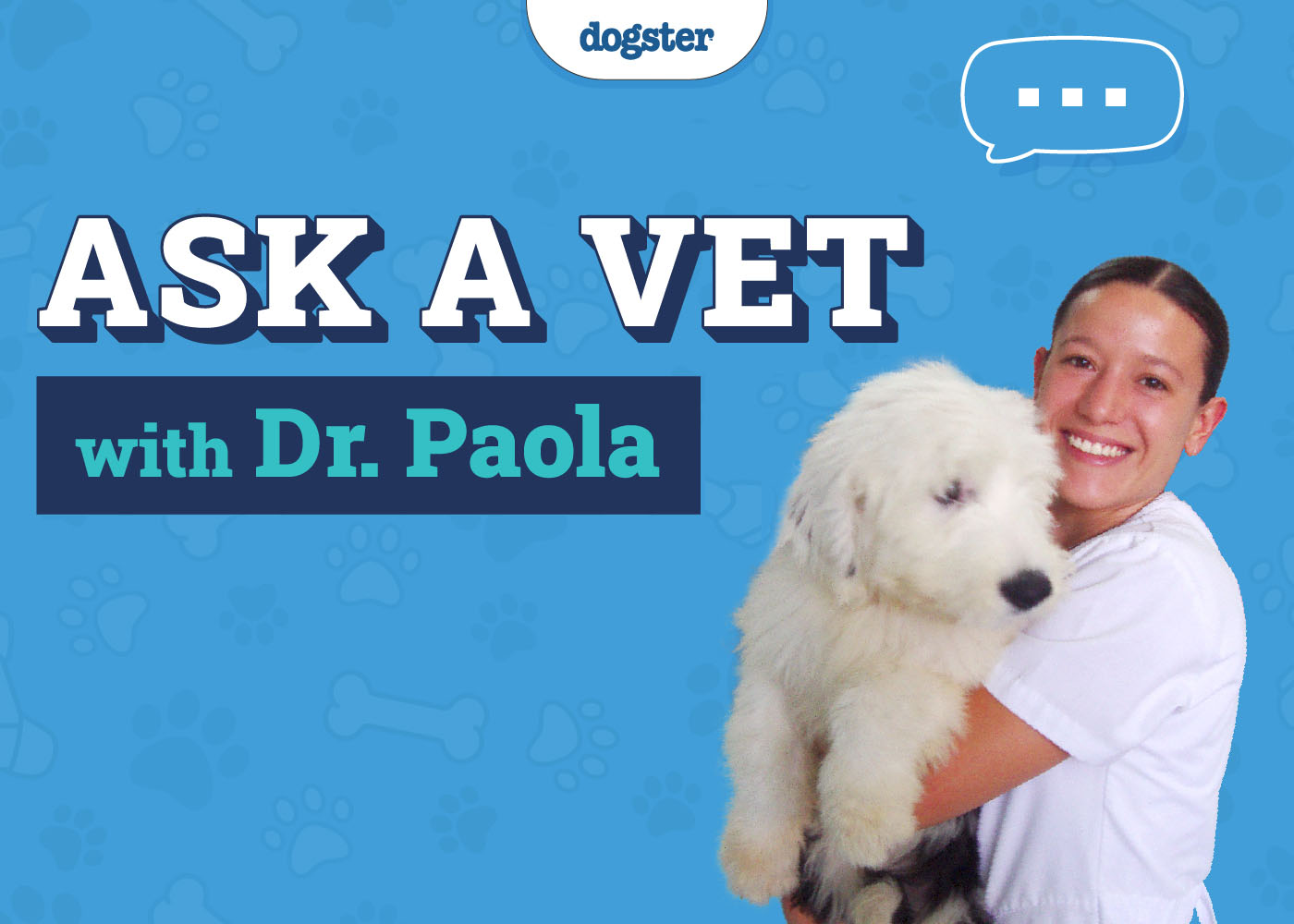Click to Skip Ahead
Vizslas have short and sleek coats with hues that range from golden rust to copper. They are energetic, loyal, and often a great addition to most loving families. If you anticipate owning a Vizsla, you’ve probably wondered whether your soon-to-be furry friend sheds a lot.
Vizslas do not shed much—at least compared to other dog breeds with longer coats. They are low-shedding dogs. In this article, we will explore how much a Vizsla sheds by going through their coat characteristics and shedding patterns.
Understanding Shedding in Dogs
Shedding is a natural process that allows dogs, and other animals by extension, to get rid of damaged or old fur and make way for new fur to grow.
All dogs shed their fur. However, some shed more than others depending on different factors such as breed, coat type, health and genetics, seasonal changes, grooming practices, and coat characteristics.
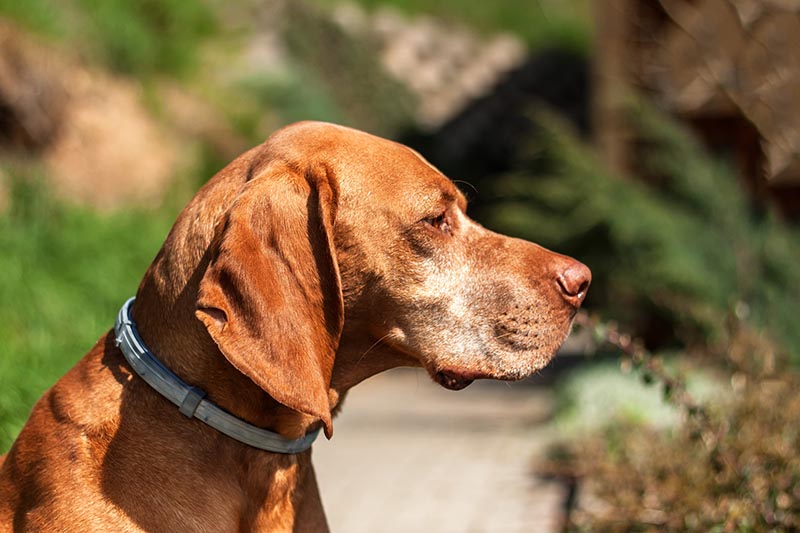
Vizslas Coat Characteristics
Vizslas have short, smooth, and sleek coats that lie close to their bodies. The coat color can vary from shades of golden rust to copper. Your dog’s hair is going to be fine and dense, allowing it to thrive in different weather conditions.
Vizslas lack an undercoat which means fewer hairs compared to double-coated breeds. This translates to less shedding even in situations that call for significant shedding, such as seasonal changes.
Regardless, it is important to note that while your Vizsla will shed less than other dog breeds, it will still shed some hair.
Why Vizslas Don’t Shed a Lot
While the tendency to shed will vary from one Vizsla to the next due to different factors, they are not considered heavy shedders. This is especially true when you compare Vizslas to other dog breeds with longer and much denser coats, such as German shepherds.
So, if you are worried about finding copious amounts of dog hair around the house, you can always thank your Vizsla for having a short coat.
While your Vizsla is going to shed less than other dogs, it is still important to keep up with proper grooming practices and keep an eye on any changes to manage their shedding.
Shedding Patterns of Vizslas
A Vizsla is likely to experience the following shedding patterns. Understanding these patterns will make managing your dog’s shedding easier and keep the fur off your couch and blankets.
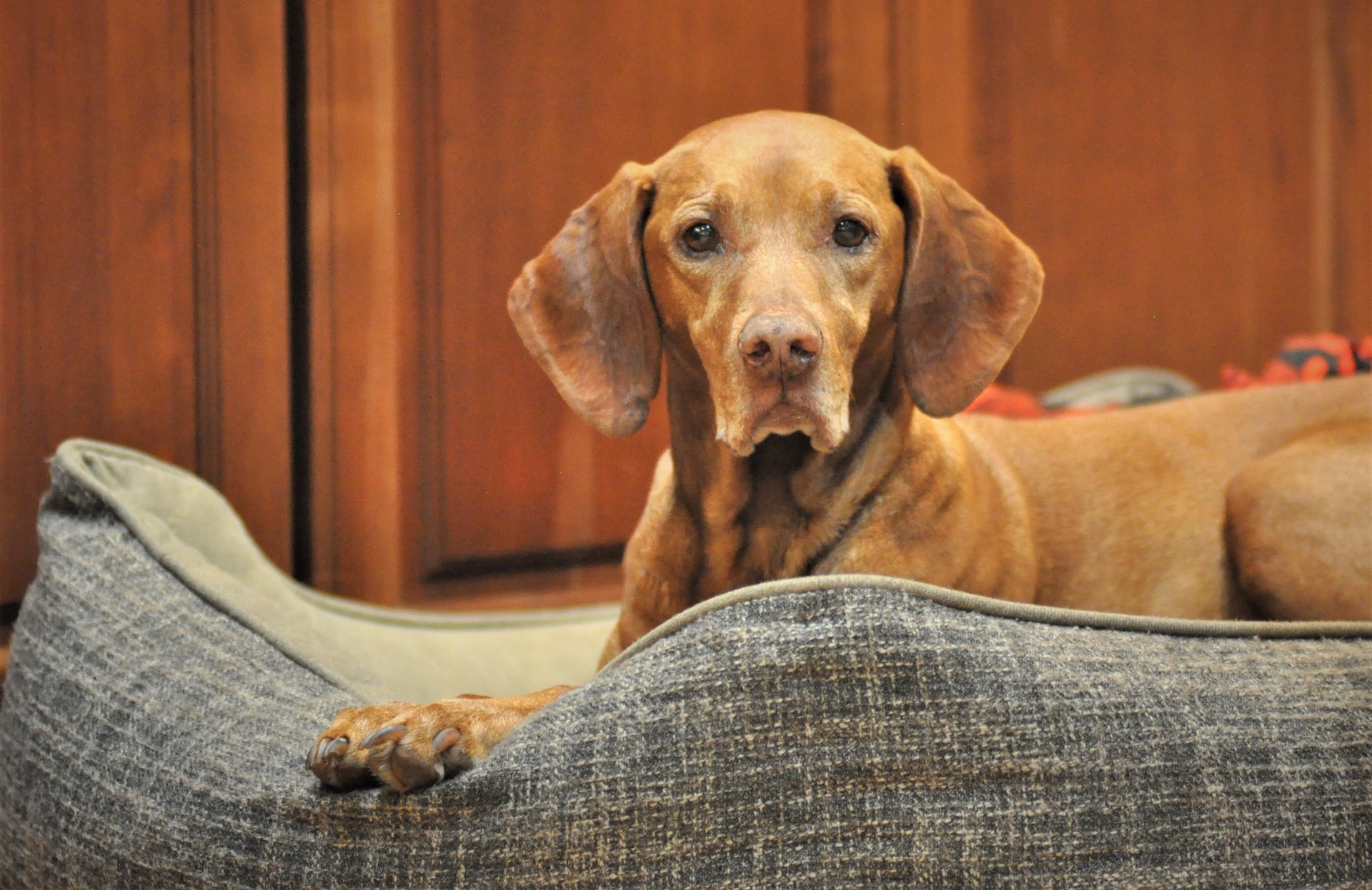
Year-Round Shedding
Vizslas experience year-round shedding thanks to their short sleek hair. Therefore, you are likely to observe a continuous and subtle shedding pattern all year.
Seasonal Transitions
You might also see some slightly increased shedding as the seasons change. This is a natural response to changes in temperature and daylight.
“Blowing Coat”
Bowing coat is a phase in a dog’s life when it significantly loses a significant amount of hair due to factors such as changes in daylight, temperature, and hormonal fluctuations.
These patterns shouldn’t worry you too much because your Vizsla’s shedding will still be considerably less than other breeds with longer and thicker coats.
Factors Affecting Vizsla Shedding
Even though your Vizsla will shed less compared to other breeds, the amount of hair loss can be affected by different factors.
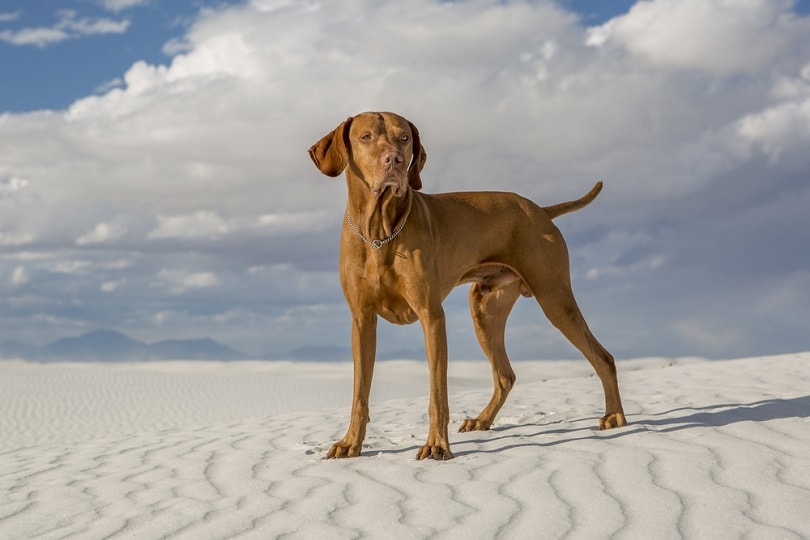
Genetics
Your dog carries, with it, a unique combination of genes that influence its coat type and shedding patterns. Even though Vizslas have a short and sleek coat, there still exist variations on an individual level.
If possible, find out more about your specific dog’s shedding patterns along its lineage to get a sense of what to expect.
Health and Nutritional
How healthy you keep your dog and the kind of food you give it will affect their shedding and coat condition.
A poorly kept and fed dog will generally have a terrible coat and increased shedding. It helps to provide your dog with a balanced diet of high-quality dog food and the appropriate nutrients to maintain the sleek coat Vizslas are known for. Consult your vet on which type of food will be the best choice for your dog.
If you need to speak with a vet but can’t get to one, head over to PangoVet. It’s an online service where you can talk to a vet online and get the personalized advice you need for your pet — all at an affordable price!
Grooming Practices
How well you groom your pet will also influence its coat condition and shedding patterns.
For example, regular grooming through brushing helps get rid of loose hairs and prevents tangles. It also stimulates the skin to promote healthy hair growth.
Seasonal and Environmental Factors
Seasonal changes and the environment you keep your dog in will influence its shedding patterns. For example, your Vizsla will shed significantly more during warmer months as a means of adjusting to the temperature changes.
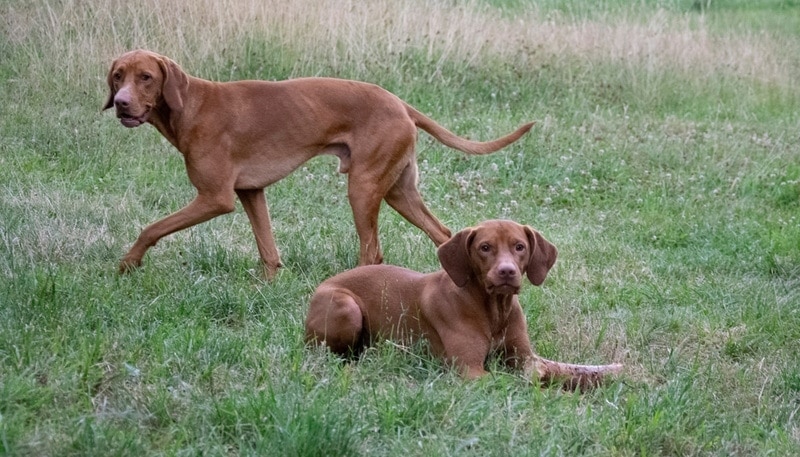
Excessive Grooming
Excessive grooming is a scenario where you over-brush your dog, leading to shedding. Over-brushing stimulates the excessive production of natural oils, creating an oily coat and, eventually, skin irritation.
Summary
Vizslas do not shed a lot. Their shedding patterns indicate a year-long hair loss trend that is still significantly less than other breeds, such as Labradors and German Shepherds.
Despite this, your dog’s shedding is still subject to other factors, such as their living environment, health, nutrition, and stress. Taking proper care of your dog can keep its coat healthy and prevent excessive shedding.
Featured Image Credit: SvetikovaV, Shutterstock

